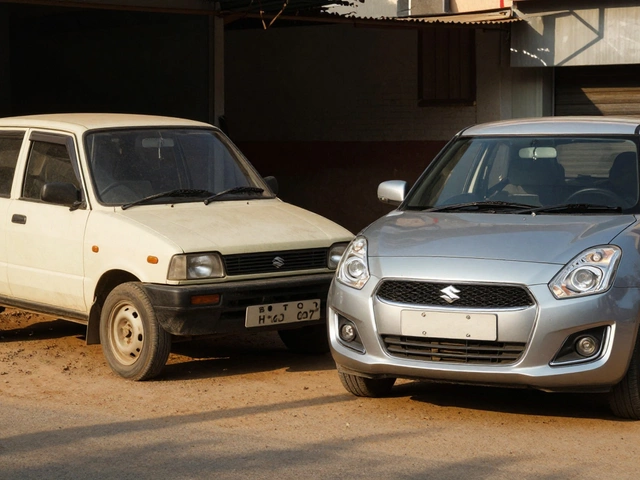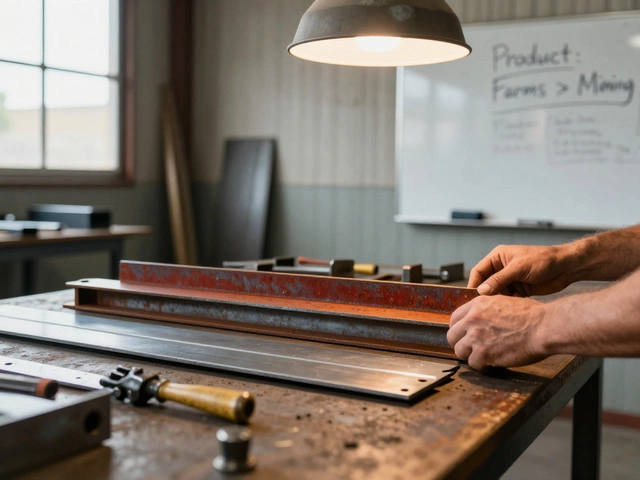IKEA Profits: Simple Reasons Behind Big Earnings
If you’ve ever wondered how a flat‑pack company keeps growing its bottom line, you’re in the right spot. IKEA’s profit story isn’t about fancy gadgets; it’s about smart design, cheap production, and a global reach that turns a kitchen table into a cash machine.
Key Profit Drivers
First off, IKEA’s product design saves money at every step. By using standardized parts and flat‑pack shipping, the company cuts both material waste and transport costs. That savings shows up in the price tag, and customers love the low prices.
Second, the massive scale of its supply chain gives IKEA bargaining power. Buying raw materials in bulk means lower unit costs, which again adds to the margin. The company also owns many of its factories, so it controls quality and keeps surprises out of the budget.
Third, real‑estate strategy plays a big role. IKEA builds huge stores on the outskirts of cities where land is cheap. The stores act like showrooms and warehouses combined, so inventory turnover stays high and storage costs stay low.
Lastly, the push into e‑commerce has opened new revenue streams. Online sales let IKEA reach customers who never set foot in a physical store, and the click‑and‑collect model reduces last‑mile delivery expenses.
Challenges and Opportunities
Even with these strengths, IKEA faces headwinds. Rising raw‑material prices can squeeze margins, especially for wood and metal. To combat that, the company is investing in sustainable sourcing and recycled materials, which also appeals to eco‑conscious shoppers.
Another challenge is the shifting consumer mindset toward smaller living spaces. IKEA answers with modular furniture that fits compact homes, turning a potential obstacle into a new product line.
On the opportunity side, the brand’s focus on sustainability is paying off. Green certifications and circular‑economy initiatives attract partnerships and sometimes even government incentives, boosting profitability.
Lastly, expanding into emerging markets like India and Southeast Asia adds fresh sales channels. While initial setup costs are high, the long‑term upside of tapping into growing middle‑class demand is huge.
In short, IKEA’s profit engine runs on low‑cost design, smart logistics, real‑estate savvy, and a growing online presence. Keep an eye on raw‑material trends and sustainability moves, because those will shape the next wave of earnings for the furniture giant.
Is IKEA Making Money in India? A Look at Their Furniture Gamble
IKEA arrived in India with grand plans and big dreams, but the Indian market isn’t an easy nut to crack. This article digs into whether IKEA’s huge investments are finally showing profits. Find out how they’re adapting to Indian tastes, what challenges slow them down, and the creative ways they’re trying to attract more buyers. You’ll get real numbers and practical insights to assess whether IKEA is actually making money in India. Plus, there are handy tips if you’re thinking of following in their footsteps.
Read More




